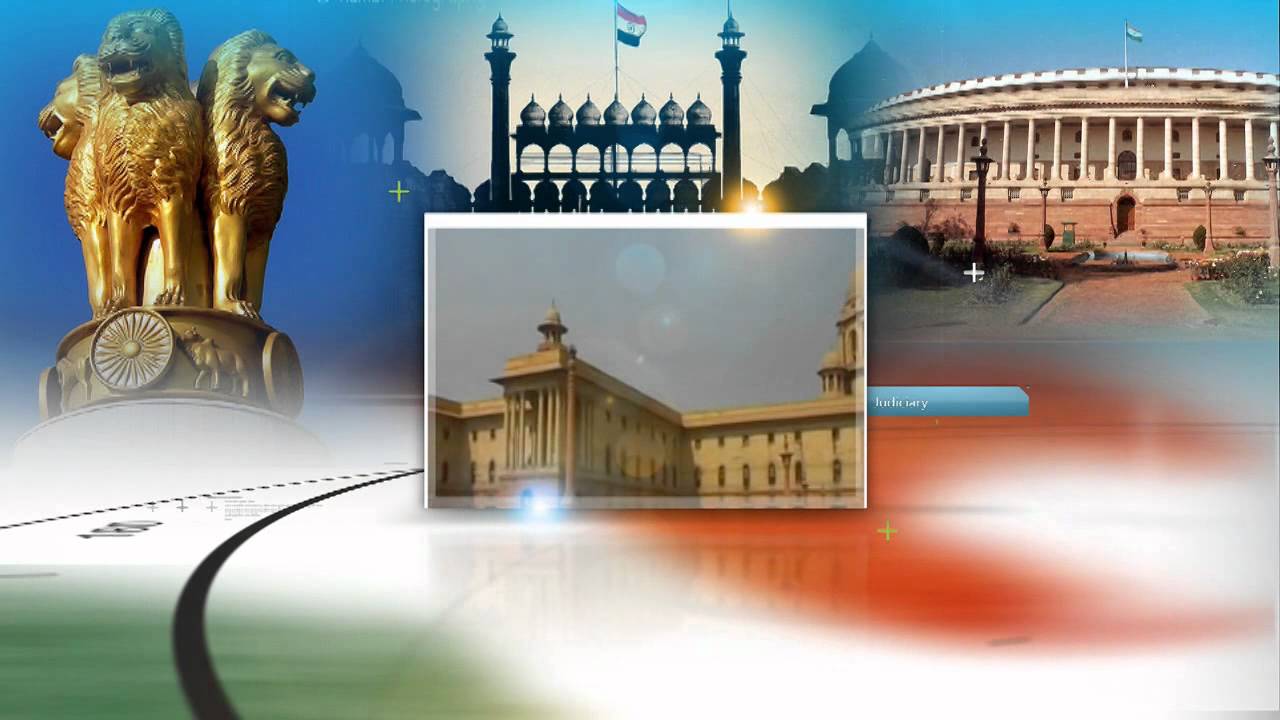Font size:
Print
Kurdish Struggle: A Stateless People in Search of a Homeland
Context:
Traditionally a nomadic society, Kurds are spread across modern-day Turkiye, Syria, Iran, Iraq, and Armenia. For over a century, they have sought to establish Kurdistan, a state imagined since the concept of the nation-state emerged in the Ottoman Empire.
Historical Struggle for Identity
- Never United: Kurdish communities were dispersed throughout the Ottoman Empire and never united under a singular national identity like the Armenians or Turks.
- This lack of cohesion prevented them from making a successful claim for an independent state when European powers reshaped the region after World War I, leaving them stateless in modern geopolitics.
- Challenge: In contemporary nationalist discourse, particularly in Turkiye, Kurdish identity has often been challenged.
- Former Turkish Deputy Prime Minister Bulent Arinc once remarked, “Kurdish is a language without a civilisation,” reflecting a broader narrative that attempts to undermine Kurdish history and legitimacy.
Fragmented Kurdish Identity
- Zagros Mountains: Despite their fragmented tribal structure, the Zagros Mountains—home to Sunni, Shia, and Alevi Kurds—have long served as the heartland of a hypothetical Kurdistan.
- Allies against Persia: During the height of the Ottoman Empire, Kurds were considered valuable allies against Persia, transitioning from nomads to soldiers to tribal leaders.
- At one point, they even ruled semi-autonomous emirates.
- However, Ottoman efforts to centralise power dismantled these emirates, reducing them to divided tribes once more.
- Treaty of Sèvres: The Treaty of Sèvres, signed on August 2, 1920, brought the Kurds closer to statehood than ever before.
- Drafted primarily by Britain, the treaty proposed local autonomy for predominantly Kurdish areas east of the Euphrates and acknowledged the potential for an independent Kurdish state.
- However, due to their tribal divisions and reluctance to align under British influence at the cost of detaching from the Ottoman heartland, Kurdish leaders failed to capitalise on this opportunity.
Formation of the Turkish Republic and the Kurdish Setback
- Turkish Republic: Following World War I, the collapse of the Ottoman Empire gave rise to the Turkish Republic under Mustafa Kemal Atatürk in 1923.
- The new state was rooted in nationalism and sought homogeneity, suppressing minority identities, including the Kurds.
- Treaty of Lausanne: The Treaty of Lausanne in 1923 dismissed British requests to recognise Kurds as a national minority, and Kurdish cultural institutions, religious fraternities, and schools were banned.
- Unsuccessful Efforts: Efforts to resist Turkish oppression emerged but were largely unsuccessful.
- The Azadi organisation, an early attempt at Kurdish unity, was swiftly dismantled in 1924.
- In 1925, the Sheikh Said Rebellion, led by Sunni Zaza-speaking Kurds, attempted to seize Diyarbakir but failed due to a lack of broader Kurdish support.
- Subsequent revolts, including the Ararat rebellion (1928-1930), met with brutal suppression, resulting in mass executions and the razing of Kurdish villages.
- By 1966, the region remained a military zone closed to foreigners.
Revival of the Kurdish Movement
- Political Landscape of Turkiye: Turkiye’s political landscape began to shift in 1946 with the relaxation of the authoritarian one-party system.
- Opposition parties sought Kurdish support, leading to a resurgence of Kurdish identity.
- Urbanisation and the mechanisation of agriculture created a Kurdish proletariat, among whom nationalist sentiments flourished.
- Evolution of Identity: During this period, Kurdish identity evolved amidst several political polarities—left vs. right, Kurdish nationalists vs. Turkish nationalists, Sunnis vs. Shias, and secularists vs. Islamists.
- Kurdish frustration with the Turkish left led to the formation of separate left-wing Kurdish parties, including the Kurdistan Workers’ Party (PKK) in 1978 under Abdullah Öcalan, which became a defining force in the Kurdish struggle.
Rise of the PKK
- The PKK adopted a Marxist-Leninist ideology and launched a guerrilla campaign against the Turkish state, targeting right-wing factions, state agents, and Kurdish landlords aligned with the government.
- While initially shocking to Kurdish communities, increasing state repression—military sweeps, arbitrary arrests, and torture—pushed many Kurds toward the PKK’s cause.
- Expanding beyond Turkiye, the PKK forged alliances with Kurdish factions in Syria (PYD), Iran (PJAK), and Iraq (PCDK), all under the umbrella of the Kurdistan Communities Union (KCK).
- The People’s Protection Units (YPG), formed in 2012 during the Syrian Civil War, became the armed wing of the Kurdish cause.
International Dynamics and the Uncertain Future of Kurdistan
- PKK as Terrorist Organisation: The PKK is designated as a terrorist organisation by Turkiye, the U.S., and the European Union.
- However, Russia has historically provided support, with the Soviet Union training PKK fighters.
- Even after the Soviet collapse, the PKK maintained ties with Moscow, holding a congress there in 1996.
- Recognition Elsewhere: In contrast to Turkiye’s suppression, Kurdish autonomy found recognition elsewhere.
- Iraq’s 2005 Constitution granted the Kurdish region semi-autonomous status.
-
- The 2017 Kurdish independence referendum saw overwhelming support for statehood but prompted a military response from Baghdad, resulting in the loss of Kirkuk, a key economic and strategic hub.
- In Syria, the PYD and YPG established a de facto autonomous Kurdish region, Rojava, during the civil war.
- The U.S. supported the YPG against ISIS, forming the Syrian Democratic Forces (SDF). However, with shifting geopolitical alliances, the status of Rojava remains uncertain.


